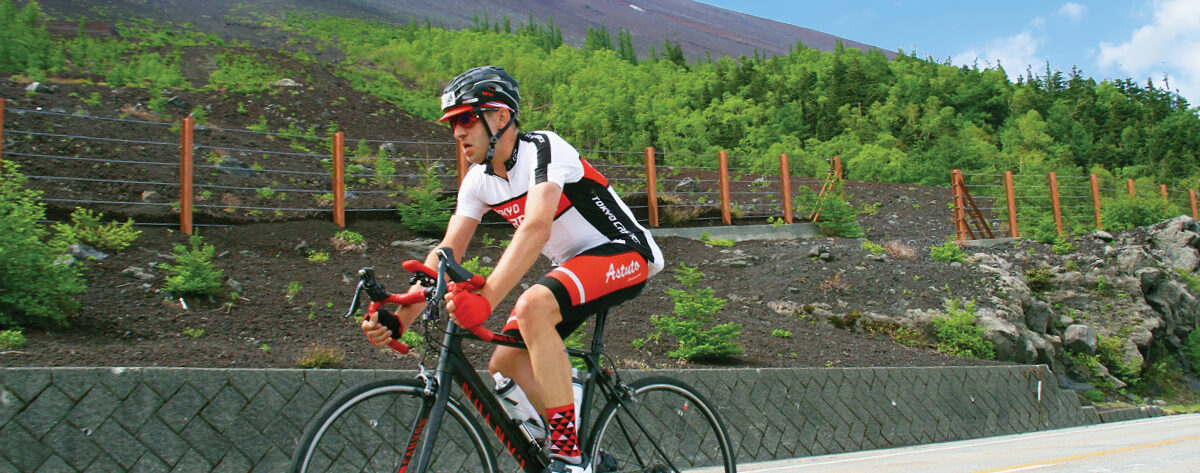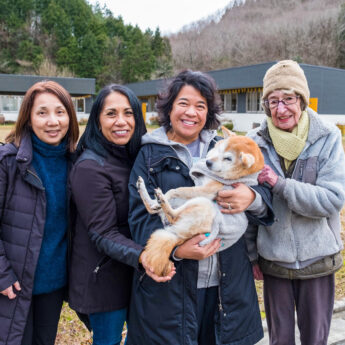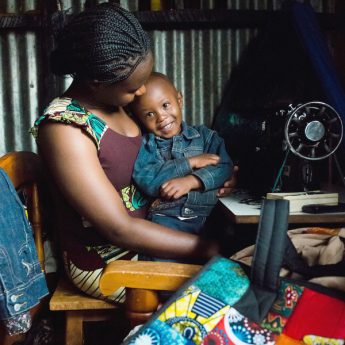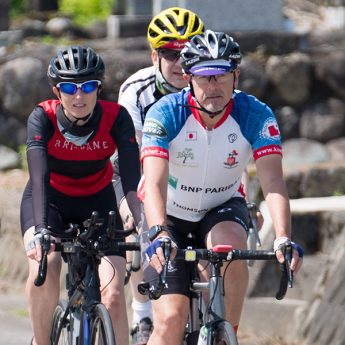One of my favourite sayings, borrowed from the Chinese, has always been: “A journey of 10,000 miles begins with a single step”. Many of those kilometres, for me, were on a bicycle. I still remember the feeling of utter joy the first time I learned how to ride my first bike. It is more than a bunch of metal, plastic, and rubber. It is a happiness machine and how I dealt with undiagnosed attention deficit hyperactivity disorder (ADHD) for nearly 30 years.
Getting diagnosed
ADHD is a condition that can cause persistent behavioural problems such as hyperactivity, impulsivity and difficulty paying attention.
The signs were always there. When my symptoms started to show, a teacher decided that the best way to deal with them was by repeating the school year. Thankfully, other teachers saw potential in me and enrolled me in Gifted and Talented school programmes, where I was able to use my creative energies towards problem-solving projects.
After completing a high school exchange programme in Tokyo via the non-profit organisation AFS Intercultural Programs, I attended university in the United States. I returned to Tokyo in 2002, and for the 10 years that followed, I felt like something was off. I often struggled to complete executive tasks, as well as the myriad of complex processes that occupy adult life.
In 2019, a friend sensed I was having some difficulties focusing. The reality is that those challenges were always present and had followed me my entire life. Many people would say, “You have so much potential, if only you applied yourself”. They saw the symptoms but did not question or understand the cause. After researching ADHD—particularly how it manifests in adults—the pieces of the complex puzzle that is life started to fall into place.
While many people experience symptoms of ADHD from time to time, there are varying degrees, symptoms, and other possibilities to examine before reaching an official diagnosis. I was diagnosed at 40 years old, and since then I have taken an incremental approach to managing my ADHD. There are different ways to cope with the symptoms including a combination of exercise, routine, diet, sleep and medication.
While awareness of ADHD in Japan is increasing, there is a negative stigma surrounding mental health. If not cared for, ADHD can be a monster with tentacles that eventually choke and destroy everything—work, education, family and friends, finances, income, and all the things you hold most dear.
In addition to the other methods, cycling has helped me to keep that monster at bay. Research suggests that ADHD is related to the production and regulation of the neurotransmitter dopamine. As I started cycling more, I noticed that I had more motivation and could focus better, making it easier to get work done.
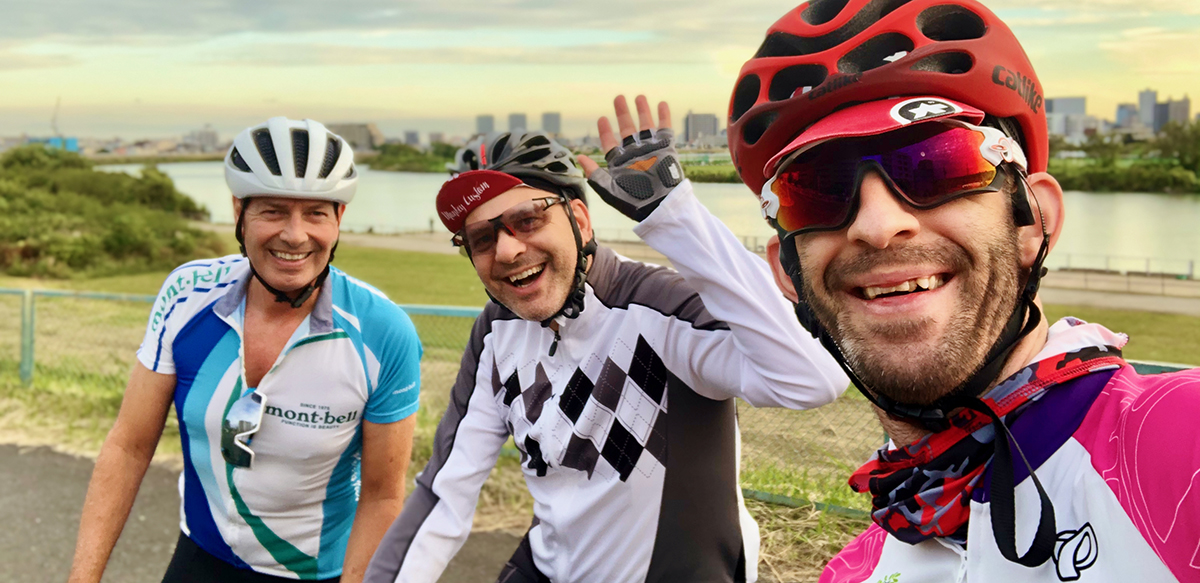
From left: Keen cyclist Simon Childs, KIWL veteran David Street and myself on a Friday-afternoon ride along the Tama river.
Biking benefits
In 2013, a good friend invited me to join Tokyo Cranks, a group that meets early on Sunday mornings for a bike ride and coffee. The weekly ride gradually developed a life of its own—especially after I moved from a big, heavy mountain bike to a fast and light carbon road bike. This quickly became part of my weekly routine and had a positive impact on my ADHD, which was still undiagnosed.
I first read about Knights in White Lycra (KIWL)—the charity cycling team made up of amateur cyclists of all ages and abilities—in a 2015 magazine article. Riders train rigorously to complete a four-day, 500km cycle ride through Japan to raise funds and awareness for a chosen charity.
John Stanton, a founding member of KIWL, joined Tokyo Cranks on one of our weekly Sunday rides. There I introduced him to one of the founders of the non-profit organisation (NPO) Mirai no Mori. KIWL then went on to raise money for Mirai no Mori from 2016–2018.
Facing challenges
As someone who knows first-hand the importance of education and overcoming challenges, one of the things I appreciate most from the annual KIWL rides is how we tackle obstacles.
During our 2016 KIWL ride to Ichinoseki, Iwate Prefecture, I was on the team led by KIWL Chair and cofounder Rob Williams. We rode along the coast, which was still a bleak wasteland, five years after the 2011 Great Tohoku Earthquake and Tsunami. Some groups rode in circles because GPS units had yet to be updated.
Once we got on the main road, it was bumper-to-bumper traffic, with colossal dumper trucks and verges over which it was impossible to ride, so we rode along the tiny roads between rice paddies.
The night before we embarked on our 2018 ride,
I discovered a team member had a medical condition that required care and attention during the ride. Once we were on our way, we climbed a mountain and it started raining during the descent. Cold, wet, and miserable, an erratic driver knocked a team member with his car mirror and nearly took out others as well.
In 2019, ours was one of the first teams to leave Niigata Prefecture and head inland. As we left
the city and headed across miles of rice fields,
a freak windstorm made it impossible to ride safely. We regrouped, rode to the nearest station, and took
a local train into the hills.
Those are the memorable bad moments and, frankly, there are too many good moments to list.
I would not trade any of those experiences for anything. KIWL offers friendship, camaraderie, goals and purpose—not to mention an incredible feeling of accomplishment when we reach our final destination.
Cross fingers for 2021
This year, KIWL is proud to sponsor YouMeWe for the third consecutive year. YouMeWe is an NPO that provides a variety of support for about 30,000 children living in institutions across Japan. The charity helps children learn essential career skills, such as creative problem-solving through coding and design challenges. This gives them employable skills and new levels of confidence in the digital age.
In 2020, the annual 500km ride was postponed due to Covid-19 concerns. This year, the ride will be going ahead in June, providing all riders and support staff can provide proof of negative PCR tests before the ride takes place. Precautions will be in place to maintain social distancing, such as smaller riding groups and separate hotel rooms for all riders.
I am looking forward to my fourth ride, and the third time as a leader. There are many kilometres ahead, but it all starts with a single step—or pedal stroke
